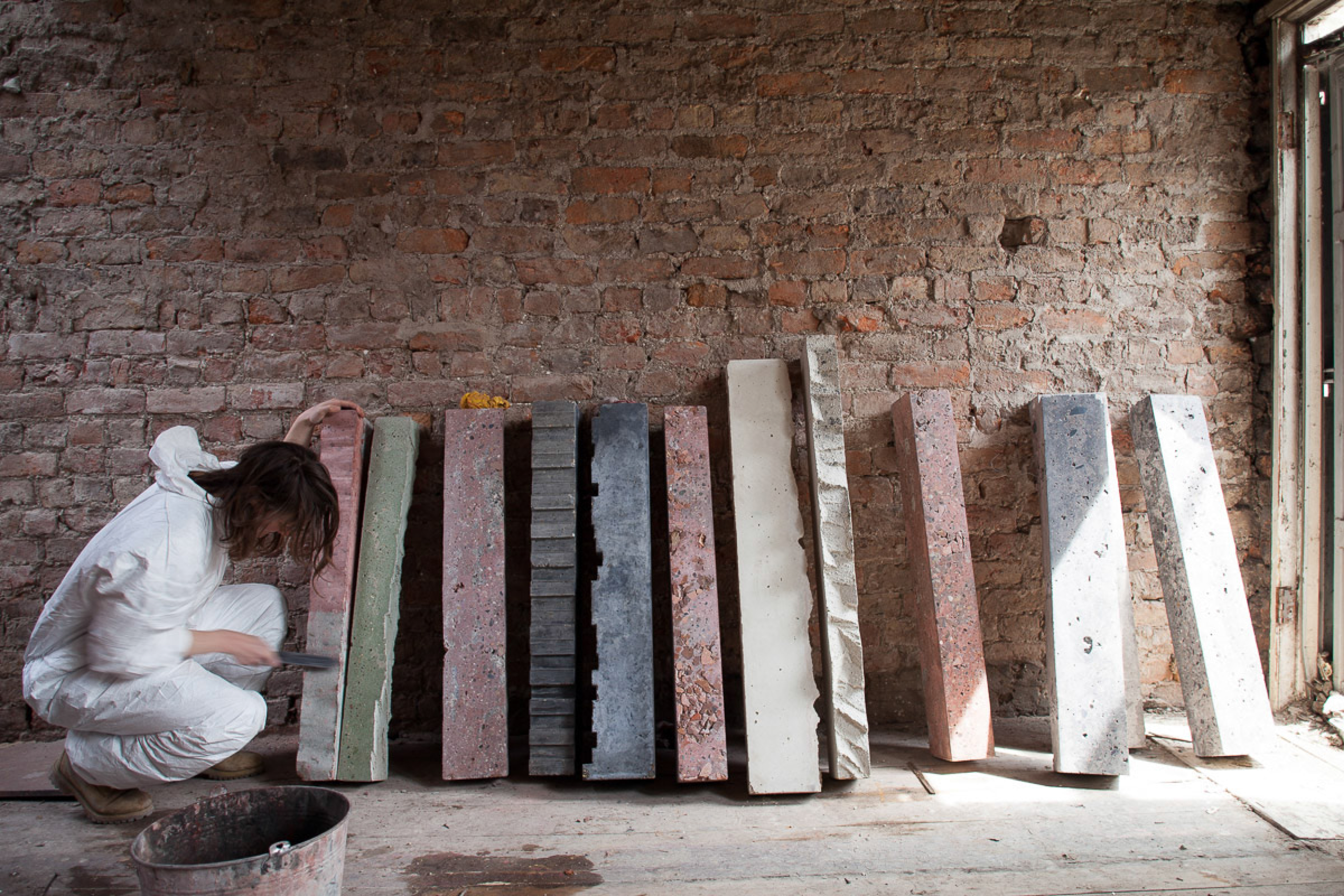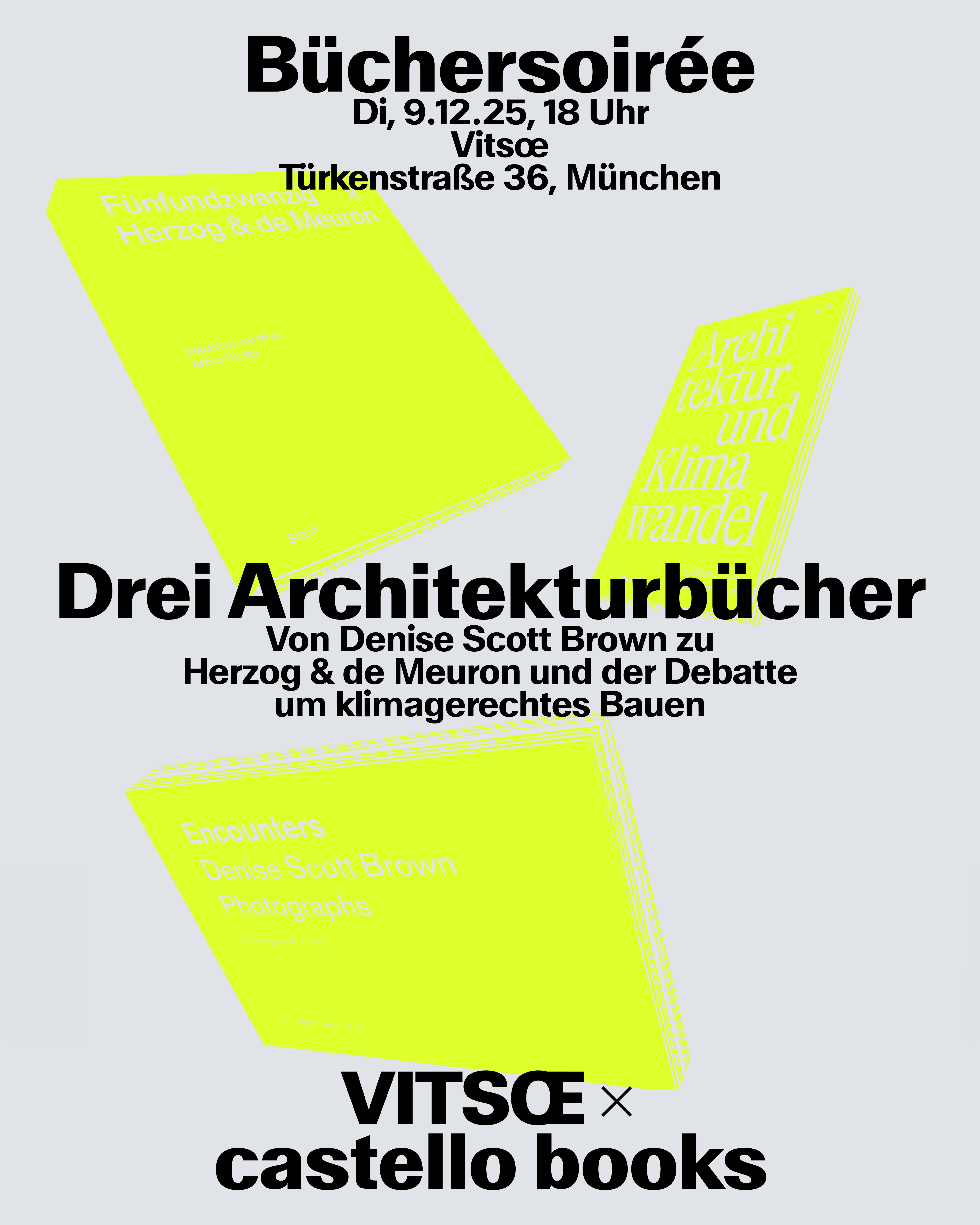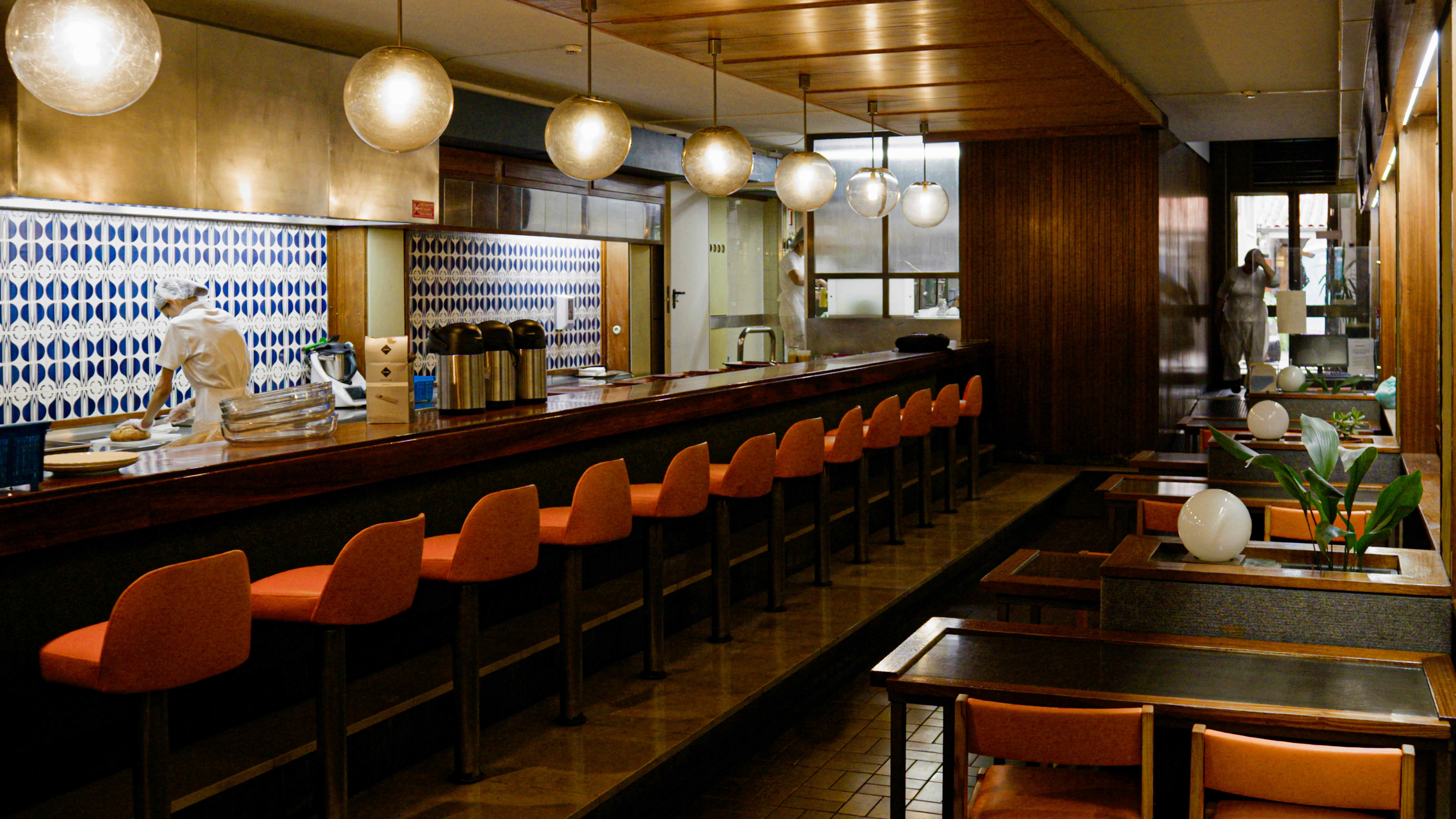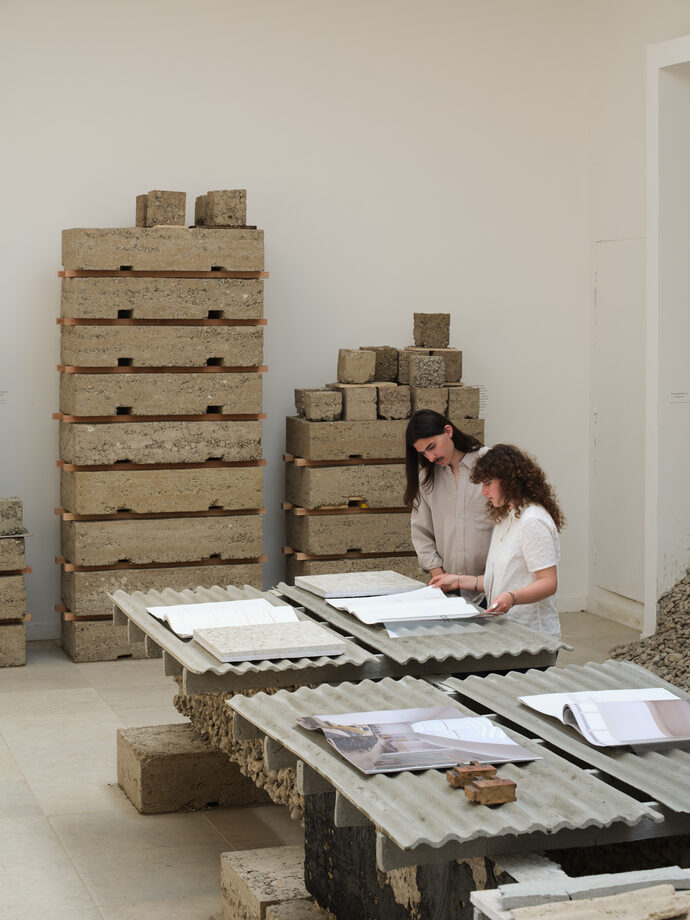THE ART OF GRAFTING
Jeanne Gang and her international team have designed skyscrapers in San Francisco and are about to complete a timber structure in Paris. With her concept of “architectural grafting”, the US architect advocates a design philosophy that aims to upcycle existing buildings.
Interview: Sandra Hofmeister
With your experience on both continents, how do architectural climate solutions differ between the US and Europe?
Both places are certainly making strides to address climate issues in architecture. The US is behind Europe in terms of adopting standards and regulations, but in both geographies it’s exciting to be working with people who are really innovative in this area. In Europe, we’ve had to learn how to design within stricter regulations – especially when it comes to embodied carbon. These require you to be more considerate of building materials and existing infrastructure, which is some- thing we need more of in the US.
Did these regulations influence your design for the University of Chicago Boyer Center in Paris?
The structure is designed to meet the ambitious goals of the Paris Climate Action Plan. We used the Batiment Bas Carbone standard (BBCA) to guide our thinking about materials, always looking to be as low-carbon as possible. The building has a timber structure and timber cladding, with much of the wood sourced in France or nearby in Europe. Its brise-soleil facade uses Lutetian limestone that was milled only 40 kilometres from the site. We also optimized energy efficiency by connecting the building to the local district energy grid – Paris has this innovative infrastructure – and prioritizing natural light and ventilation. Last but not least, the project adds new out- door greenspaces to increase biodiversity, which I thinkis is as equally important as the carbon equation.
What are the next steps for architects in addressing the climate crisis?
As architects, we can advise our clients on how their projects can advance urgent climate goals. Even before they order a new building, for example, we can help them consider buying an existing building and adapting it instead. The embodied carbon is much lower if you reuse an existing structure. But it is not just about reuse; we also need to add capacity to the buildings we already have.
Adding capacity – what does that mean exactly?
One of the top ways to save car- bon is to increase an existing building’s intensity of use. If the existing foundations can take on a larger load, we can leverage them to support the addition of new space for new desired uses. This approach goes beyond simple conservation; it is about being creative with the existing building stock and adding extra functional- ity for today’s people – essentially it’s “upcycling”. The effect is that a building is used for more hours each day, and more fully, making buildings come alive for us in new ways in 2024 and beyond.
Your latest book is titled “The Art of Architectural Grafting”. What has architecture got to do with gardening?
Well, grafting isn’t exactly gardening. It is an ancient practice that humans developed for horti- cultural and agricultural purposes. It is the process of com- bining two plants, one old and one new, to get a new plant that will give you something beneficial – tastier fruit, more beautiful flowers, resistance to diseases.I found grafting to be an informative analogy for a kind of architecture that builds on what al- ready exists but also expands functionality and adds new qualities to meet contemporary desires and needs.
How can this ancient horticultural practice be a model for architecture?
Grafting is still used and studied today. It is integral to our everyday lives – every apple you eat and every wine you drink is likely produced through grafting. I like it as a metaphor for architecture because it opens a different way of thinking about existing buildings and their potential to be re-imagined as something new.
What does it specifically mean to graft architecture?
Grafting has been done in archi- tecture for many centuries, even if it wasn’t recognized as such – there are many interesting examples included in the book. Today, grafting can offer an intellectual framework for helping people think about additions and reuse in a new way. It reframes architecture as something that evolves, something that can be added to and redefined, far into the future. We need to move away from thinking of architecture as something that can only have one author and never be changed once it’s completed. Instead, it should allow for collaboration and productive dialogue between architects, across time. Architecture is a temporary stage with an open future.
What does successful architectural grafting entail?
Increasing a building’s capacity is an important part of the credo. I also like the idea of care. If you’re working with an older structure, you have to develop a sense of care for it. You have to find things you love about it and get to know its quirks very closely to find suc- cessful solutions. Compatibility is also a critical part of grafting be- cause there are real limits to the practice. Finally, flexibility is very important, in the sense that your new addition must preserve pos- sibilities for future grafts. Grafting has this kind of strategic aspect because you shift to thinking of architecture as an ongoing process, which must have the flexibility to change in the future.
What are the key benefits of architectural grafting?
Grafting is not just about preserving important buildings. It is more so about reinventing buildings – no matter how important or anonymous they may be. As people and societies change, they need and want new things, so we need to respond to those changes when we build. Grafting presents the opportunity to have that new thing, but to make it work with the old as opposed to not building at all or building without context. Existing structures represent a significant amount of embodied carbon. If you can reuse and give them new purpose, you’re doing more for the environment than strategies like design for disassembly, for example. These are less impactful because you have to wait for the materials to be deconstructed and reassembled in order to save carbon. But in the end, I’m for using all strategies that can make a difference for climate change.
What is your hope for the future of architecture?
For architects to connect the dots between materials, where they come from, and how they’re extracted and produced. Similar to how we care about what we eat by looking at the ingredients in our food or checking for fair trade labels, we need to care about the materials we’re using to build and where they are coming from.
DETAIL 10, 2024, page 12-17 (see also for German version)





